-

+86-577-57156888
-

-

+86-577-57155869
-

11th Floor, Building 6, Headquarters Economic Park, Yueqing, Zhejiang, China
Energy Savings With Built-In Bypass Starters
Industry News-In modern industrial and commercial applications, energy efficiency is a key factor in reducing operating costs. Motor drive systems, in particular, often encounter high inrush currents during the startup process, resulting in increased energy consumption and stress on electrical equipment and the motor itself. To address this problem, soft starters are widely used in a variety of industries due to their ability to reduce these initial surges. Specifically, built-in bypass soft starters combine energy saving benefits with operating efficiency.
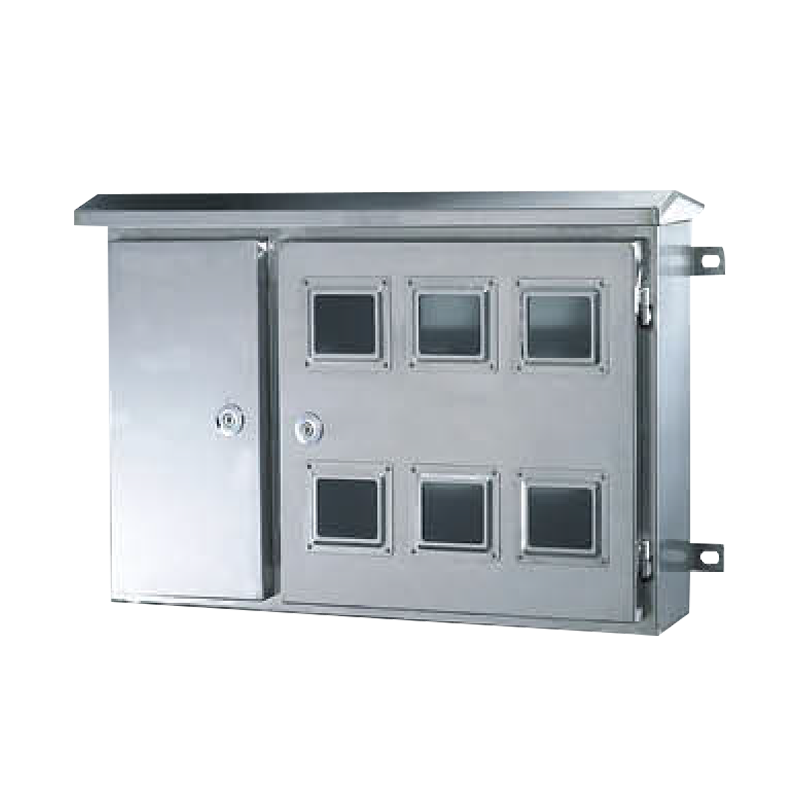
Learn about built-in bypass soft starters
The built-in bypass soft starter is an integrated system in which the soft starter and bypass contactor are integrated into a single unit. During the startup phase, the soft starter gradually increases the motor speed, thereby reducing inrush current and electrical stress. When the motor reaches full speed, the bypass contactor activates, bypassing the soft starter and allowing the motor to run directly from the mains. This design not only saves energy during startup, but also allows the motor to operate at full efficiency once it reaches operating speed.
The built-in bypass configuration eliminates the need for separate external components (such as additional bypass contactors or relays), thereby reducing overall system complexity and installation space. This compact design makes it ideal for installations where space is limited or where a simplified system is required.
Energy savings at start-up
The most significant energy saving benefit of the built-in bypass soft starter is its ability to reduce the inrush current when the motor starts. Without a soft starter, the motor draws a lot of current when starting, which puts a strain on the grid and increases energy consumption. The soft starter ensures that the inrush current is controlled, helping to prevent the motor from consuming too much energy in the early stages of operation.
During the start-up phase, the built-in bypass soft starter gradually regulates the acceleration of the motor. This acceleration function limits the power demand and reduces the need for higher power from the grid. By reducing the initial current consumption, companies can reduce overall energy consumption, thereby achieving long-term energy savings.
Operational Efficiency Once Running
After the motor reaches full speed, the bypass contactor engages, disconnecting the soft starter from the circuit. This allows the motor to operate without the need for the soft starter's resistance, which in turn reduces energy losses associated with the soft starting process. With the motor running directly from the power supply, it operates at maximum efficiency, leading to energy savings over the long term.
The ability to bypass the soft starter after the motor has reached full speed is particularly important for systems that require continuous or frequent operation. The bypass feature ensures that the motor runs efficiently once it is up to speed, while the soft starter only operates during the initial phase to prevent energy waste.
Cost Savings from Simplified Systems
In addition to energy savings, the built-in bypass soft starter offers cost-effective advantages through its compact design and simplified installation process. Traditional systems that require an external bypass contactor or relay can incur additional costs in terms of both equipment and installation labor. With a built-in bypass soft starter, these additional components are eliminated, reducing the overall system cost.
By integrating both the soft starter and bypass contactor into one unit, the built-in bypass soft starter also reduces the complexity of the wiring and installation process. This leads to faster installation times and lower labor costs. Furthermore, since the system is more streamlined, troubleshooting and maintenance are made easier, reducing downtime and associated costs.
Comparisons with External Bypass Soft Starters
While external bypass soft starters offer similar benefits in terms of reducing inrush current, they require separate components for the bypass function. This means that the system takes up more space, and additional installation time is necessary to set up and wire the bypass contactor. External bypass soft starters are typically used in larger installations where more control over the bypass process is needed or where additional customization is required.
In contrast, built-in bypass soft starters are ideal for smaller to medium-sized motor-driven systems where simplicity and compactness are desired. The integrated design not only saves space but also reduces the cost of additional components. As a result, for many companies, a built-in bypass soft starter is a more practical and energy-efficient option, particularly when reducing space and installation costs is a priority.
Environmental Impact and Sustainability
Energy efficiency is not just about cost savings; it also plays a critical role in reducing the environmental impact of industrial operations. By using less energy during startup and optimizing motor operation once it reaches full speed, built-in bypass
soft starters contribute to a lower carbon footprint. As industries and businesses increasingly focus on sustainability, integrating energy-efficient technologies such as soft starters is a practical step toward achieving environmental goals.
The ability to lower energy consumption at the startup phase means that less power is drawn from the grid, reducing overall demand. For companies that operate large fleets of motors, this can lead to a significant decrease in their energy requirements, further contributing to environmental sustainability efforts.
The built-in bypass soft starter is an effective solution for reducing energy consumption, lowering costs, and improving the operational efficiency of motor-driven systems. By integrating the soft starter and bypass contactor into one unit, businesses can enjoy a more streamlined setup that reduces space requirements and simplifies installation. With energy savings during startup and improved efficiency once the motor reaches full speed, the built-in bypass soft starter offers a practical and cost-effective option for companies looking to optimize their motor operations.
 English
English 中文简体
中文简体 عربى
عربى
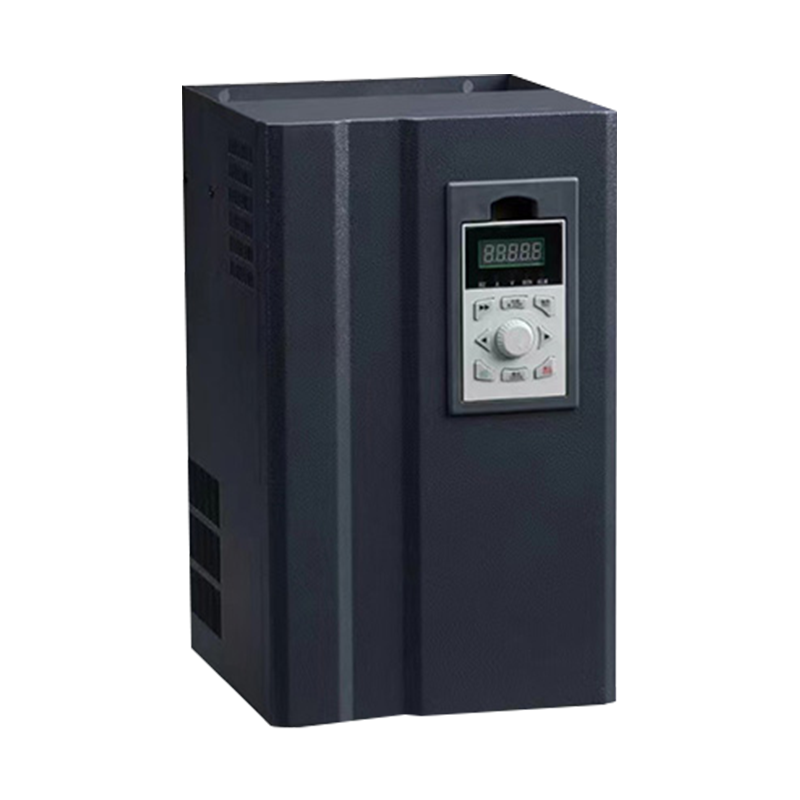
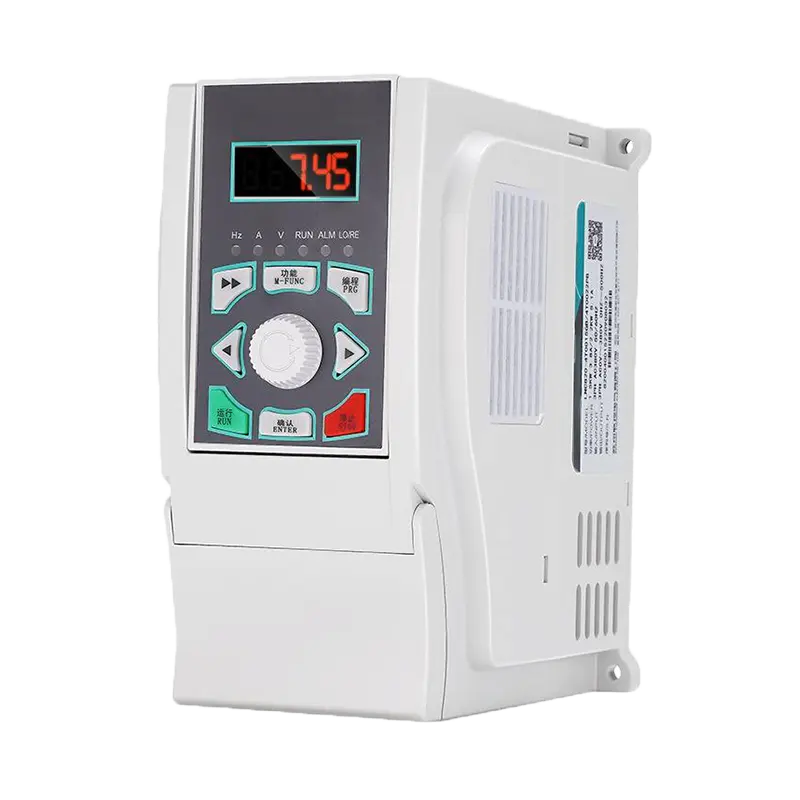
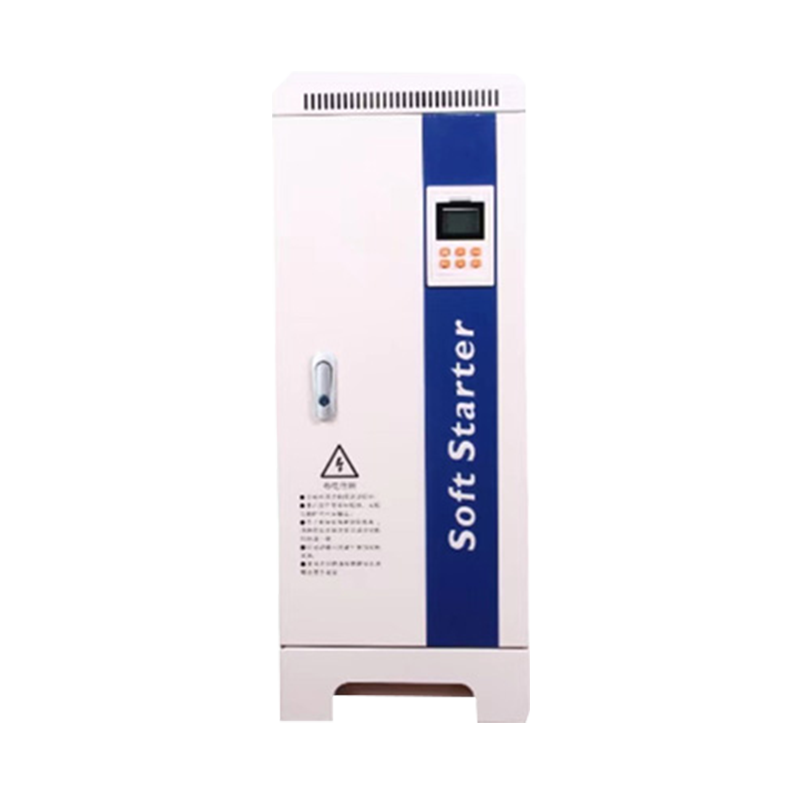


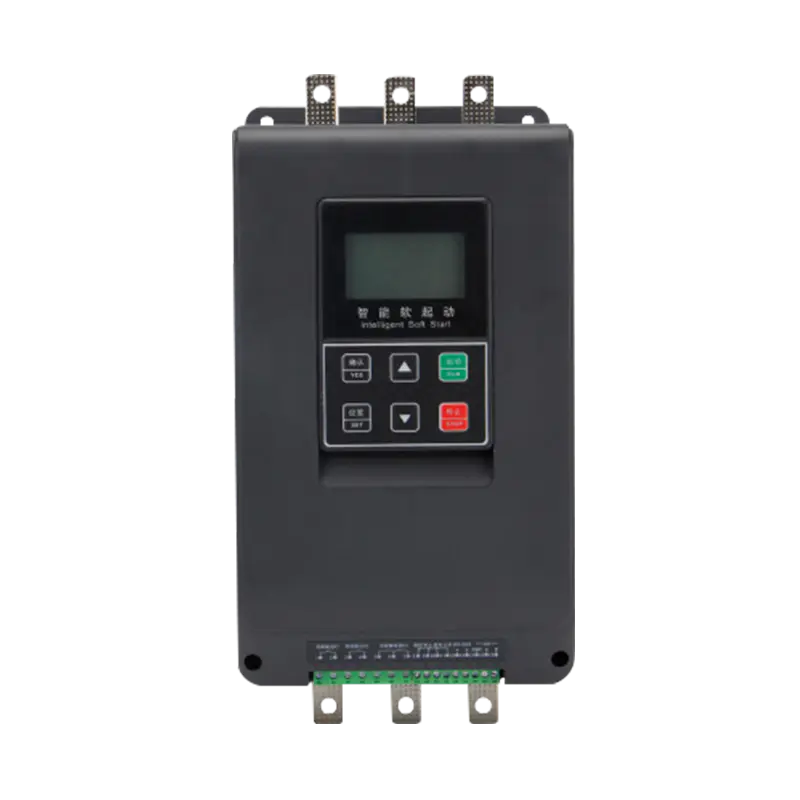

 浙公网安备33038202003754号
浙公网安备33038202003754号